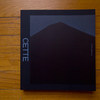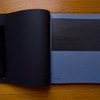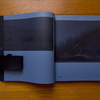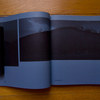Review: Cette Montagne C’est Moi by Witho Worms
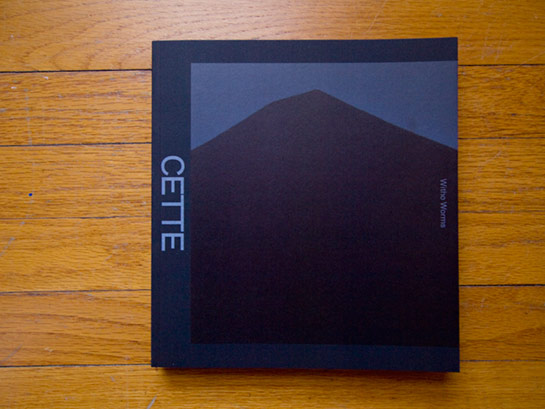
Witho Worms’ Cette Montagne C’est Moi is centered on carbon, in more ways than one. Photographing slag/coal heaps in various European countries, the photographer took actual material from each heap. He then converted what he took into his photographic materials to print the heap’s image on: “For this project I developed a variation on the carbon printing process, a photographic printing technique from the 19th century. I took a bit of coal from every mountain I photographed. I then ground this coal into a pigment that I used to make photographic paper. I used this paper to make a print of a mountain with the coal originating from that mountain. In other words, the object of the photo, the mountain, has become one with the subject of the photo, the print itself.” (quoted from the technical note of the book). How do you turn such photography into a book? (more)
To make a photobook you essentially have to find a way to express in book form what the photographs center on. For photography projects intended to be a photobook this usually is not quite as hard a task as for photographs not explicitly made with a book in mind. To produce Cette Montagne C’est Moi, Worms worked with designer Hans Gremmen. As it turned out, the solution to the problem was simple and straightforward (needless to say, once all problems are solved talking about how simple and straightforward the solution was is easy, and not having had to deal with the problems also helps): The photographs would be printed on black paper, “printed in 2 x White, Cyan, Magenta and Yellow” (quoted from the website). The book uses a Japanese binding - each “page” of the book actually is a sheet of paper folded onto itself, and if you don’t believe it’s black paper, you only have to look inside (see the photo).
The effect of layering ink onto black paper is almost surreal: The images themselves have very, very subtle tonalities, and the printing reproduces that quality beautifully. Looking at the book is a most peculiar experience, as one is constantly moving and turning it to see details, details that often emerge unexpectedly: You don’t really think there might be something else to see, only to be surprised by something else. In that sense, it’s almost an interactive book. It’s certainly a book that requires the viewer to look carefully.
I have the feeling that many people will not appreciate the fact that many of the images are presented spreading across the gutter and even across separate pages. I personally think that works wonderfully, as you’re constantly weaving between these different locations, as one location turns into the next, as you get the chance to see different parts of different heaps at the same time. One of the main advantages of reproducing the book this way is looking at these photographs is not reduced to seeing one photo and then another photo - which could easily turn into a very tedious affair. Instead, you’re made to enter this very strange looking world, and your experience changes ever so slightly throughout the book - something that a very conservative design would simply be unable to do this well.
As a consequence, Cette Montagne C’est Moi surprised me in a very positive way. A gallery-show-on-paper presentation of this work would have probably bored me to tears. This book, however, has made me look and see, and it has shown what you can achieve if you’re willing to push the boundaries of photobook making.
Clearly to be included in my “best of” list at the end of the year - highly recommended.
Cette Montagne Cest Moi, photographs Witho Worms, essays by Xavier Canonne and Witho Worms, design by Hans Gremmen, 176 pages, Fw:, 2012
Technical note: As you can imagine the book is pretty hard to photograph given I don’t have a professional photo studio at my disposal. That said, the images on the screen are very close to what the actual book looks like. Needless to say, the book is a different experience given its images are not backlit.
(see my video presentation of the book here)
